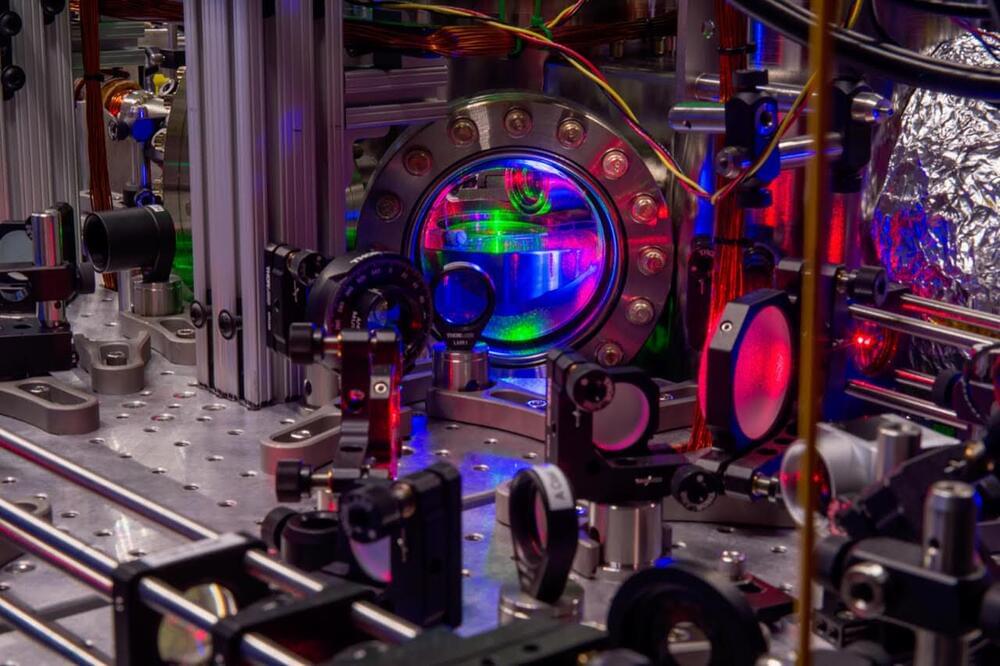Physicists at UC Santa Barbara, the University of Maryland, and the University of Washington have found an answer to the longstanding physics question: How do interparticle interactions affect dynamical localization?
“It’s a really old question inherited from condensed matter physics,” said David Weld, an experimental physicist at UCSB with specialties in ultracold atomic physics and quantum simulation. The question falls into the category of “many-body” physics, which interrogates the physical properties of a quantum system with multiple interacting parts. While many-body problems have been a matter of research and debate for decades, the complexity of these systems, with quantum behaviors such as superposition and entanglement, lead to multitudes of possibilities, making it impossible to solve through calculation alone. “Many aspects of the problem are beyond the reach of modern computers,” Weld added.
Fortunately, this problem was not beyond the reach of an experiment that involves ultracold lithium atoms and lasers. So, what emerges when you introduce interaction in a disordered, chaotic quantum system? A “weird quantum state,” according to Weld. “It’s a state which is anomalous, with properties which in some sense lie between the classical prediction and the non-interacting quantum prediction.”
